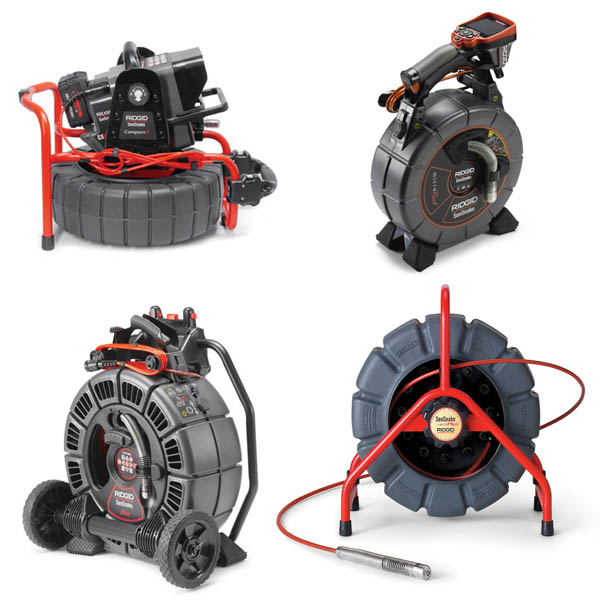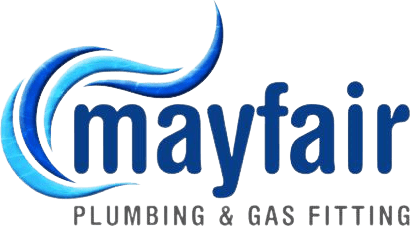How does a pipe camera actually work? Firstly, the camera must be placed inside of the drain or pipe system which you wish to have investigated. Depending on the size of the pipe which is being investigated will depend greatly on which type of camera system we will select for your project. In nearly all domestic pipe line inspections we use a system which is called push rod, as the name suggests it is type of camera which is inserted inside of the drain or conduit lines and then pushed through the network. With this particular type of camera, we can view various sized pipes ranging from 40mm up to 300mm. The camera is slowly pushed through the line and when a section of pipe work is noted to be broken or affected in one way or another we stop, rotate the camera and view the inside of the drain or conduit. The head of the camera is 100% water proof and is illuminated by extremely bright LED lights allowing great visualisation in even the darkest spots. Although our cameras can operate inside of water, sewer or storm water it is always best to have an empty pipe first to allow maximum vision during our inspections.

Type Of Unit
When it comes to larger scale projects we use cameras which are self-propelled via tractor style method. The camera is either placed into the drain via a sump or side entry point or lowered via a winch down a man hole. Once the camera is lowered into place it can then be driven through the infrastructure being investigated. This type of inspection equipment is most commonly used in larger scale commercial and industrial inspection where the drain sizes start at a minimum of 150mm in diameter. Given that this camera is larger it has greater versatility enabling a much more thorough investigation, you could say it’s almost like being inside the pipe yourself it’s that real.
Our camera units are all versatile and can be used in remote areas where power is not available, the cameras are either powered by batteries or plug into power sources given via our generators. The cameras which we use at Mayfair Plumbing and Gasfitting all have built in recording devices allowing for the entire inspection process to be recorded and also allowing for multiple still shots to be taken during the inspection process identifying potential areas that will need work in the future. Another great benefit of being able to record the entire inspection process is that we are able to map infrastructure for councils, hospitals, utility providers (SA Water) and various large organisations which need annual inspections of their pipe services below ground to keep track of areas which may require updating before a problem occurs.
To enable accurate location of the cameras during inspections the actual head of the cameras have built in sonde’s. By having this built into our cameras we can show you where the camera is under ground and exactly what depth it is at. The accuracy of our pipe locating equipment has saved many man hours in the past and also saved hundreds if not thousands of dollars in enabling us to pin point the exact location of the camera inside the piping system and therefore pin pointing where the investigation works need to start to allow for correction of any problems.
You can find more information on the following pages:

